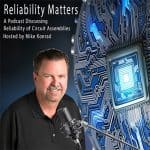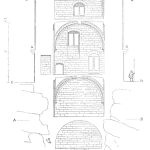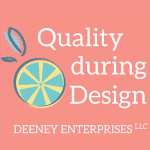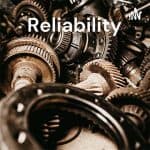
Battery Selection and Safety Best Practices with Alex Norman
Today we’re diving into a critical yet sometimes overlooked component that powers so many of the devices we rely on: batteries. Batteries are the heartbeat of countless electronic products, from medical devices and electric vehicles to consumer gadgets and industrial systems.
Choosing the right battery is not a one-size-fits-all decision. It requires a keen understanding of the application, performance needs, and environmental demands. The right selection can make the difference between a product that excels in reliability and one that, quite literally, fails to deliver. But there’s more to batteries than just selecting the right chemistry or capacity. Safety is paramount. Poor battery selection, design, or management can lead to performance issues, overheating, or catastrophic failures. As we’ve all seen in headlines, battery malfunctions can result in recalls, damage to brand reputation, or, worse, safety hazards for users.
To shed light on this vital topic, we’re joined by an expert in the field of battery technology. Alex Norman is a Battery Management System Designer at Pro Technologies, a well-established and trusted custom battery pack manufacturer, providing engineering capabilities from concept through production. Their leading edge manufacturing facility and headquarters is based in Pilot Mountain, North Carolina.
Alex has deep experience in Printed Circuit Board Design, Product Development, Battery Management Systems and more. Alex is also a content creator, focusing mostly on electronics, battery, and BMS content available on his LinkedIn page and YouTube channel.
Today, we’re going to explore how to choose the right battery for your assembly, best practices for integration, and how to mitigate potential safety risks.
So, if you care about keeping your products powered, reliable, and safe, don’t bolt just yet – this podcast on batteries is positively charged with insights! Stick around and top off your battery knowledge!
Alex’s Contact Info:
Alex Norman
anorman@eetengineer.com
ProTechnologies, Inc.
http://protechnologies.com
Alex’s YouTube Channel:
https://www.youtube.com/@eetengineer









 Ask a question or send along a comment.
Please login to view and use the contact form.
Ask a question or send along a comment.
Please login to view and use the contact form.